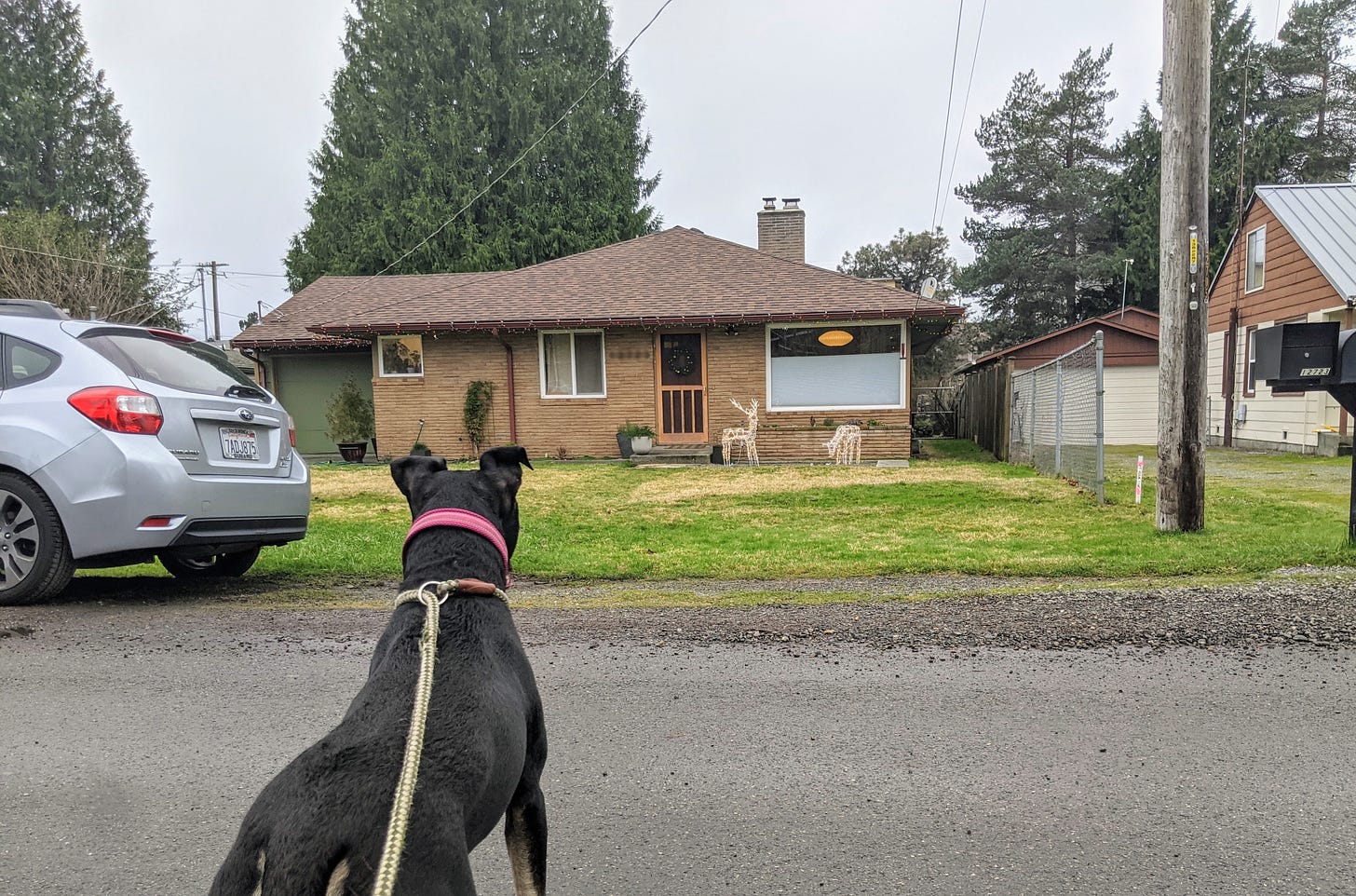Happy 2021, Volties! Today is the day my mini-paywall goes up — from now on only paid subscribers will be able to comment on posts — but I thought before I pulled the trigger on that I would have one last discussion open to everyone. Please contribute!
2020 was a garbage year, but even through all the chaos, clean energy continued growing. As you think back over the year, what mattered? What political changes, policies, or technological developments will energy historians highlight when they write about 2020?
You don’t have to pick the Most Important Thing — just something you thought was significant, a bit of signal in the noise. I’ll share my pick in the thread. Come chat!





My pick is the story I wrote about here:
https://www.vox.com/energy-and-environment/21252892/climate-change-democrats-joe-biden-renewable-energy-unions-environmental-justice
After an enormous amount of behind-the-scenes discussion and trust-building, virtually the entire left spectrum, from Justice Dems to moderates in Congress, has come into alignment around a common policy vision: standards, investments, and justice (SIJ).
As someone who has witnessed vicious policy fights & tribalism in the climate movement for over a decade, this is something new and, IMO, precious. A smart movement would nurture this consensus, help it grow and become more robust. Instead I worry that everyone's just going to pick at the scabs of the few remaining areas of disagreement -- CCS & nuclear -- until the solidarity fades.
We'll see whether this consensus informs Biden's executive actions, or what manages to get in an infrastructure or reconciliation bill.
My favourite is this https://www.anu.edu.au/news/all-news/anu-finds-530000-potential-pumped-hydro-sites-worldwide. It is some research that has received little press but has a huge impact.
We are all familiar with the anti-renewables argument that goes "yes but you need coal for baseline power because when the sun don't shine and the wind don't blow..". Of course there's huge Tesla batteries but they'll be expensive at grid scale. Also there's pumped storage that is usually a bolt-on to an existing hydro power station but unless you are Norway or New Zealand, you are a bit limited in available hydropower.
The team at ANU realised that you don't need an existing river-fed hydro power in order to build a pumped storage facility - you just need a topography that has a couple of natural hollows with sufficient vertical separation and close enough together that you can cost-effectively dam them, run a pipe between them and let rain fill up the closed system. You don't need a river because you don't need to generate net power - just pump water uphill when the sun shines and run it downhill at night. The ANU team then used satellite topography maps to identify candidate sites around the world and found that there are 100 times more feasible sites than the total worldwide energy demand.
So, with solar power generation now cost effective without subsidy, and with plentiful cheap off-river pumped storage, and with HVDC technology for low-loss connection between generation and storage facilities, the big energy story of 2020 is that we've arrived. There are no barriers and no arguments against plentiful low cost renewable energy.